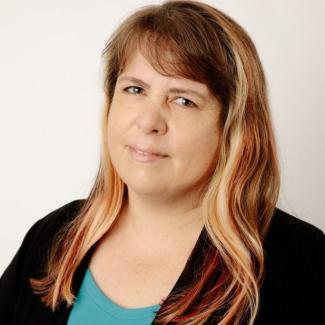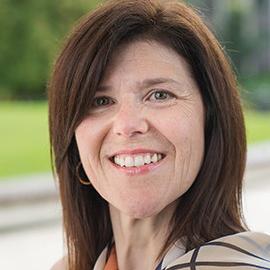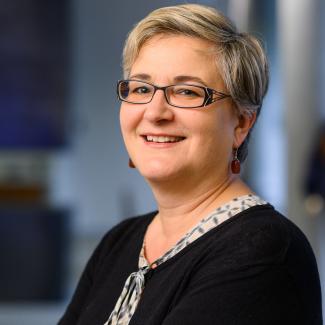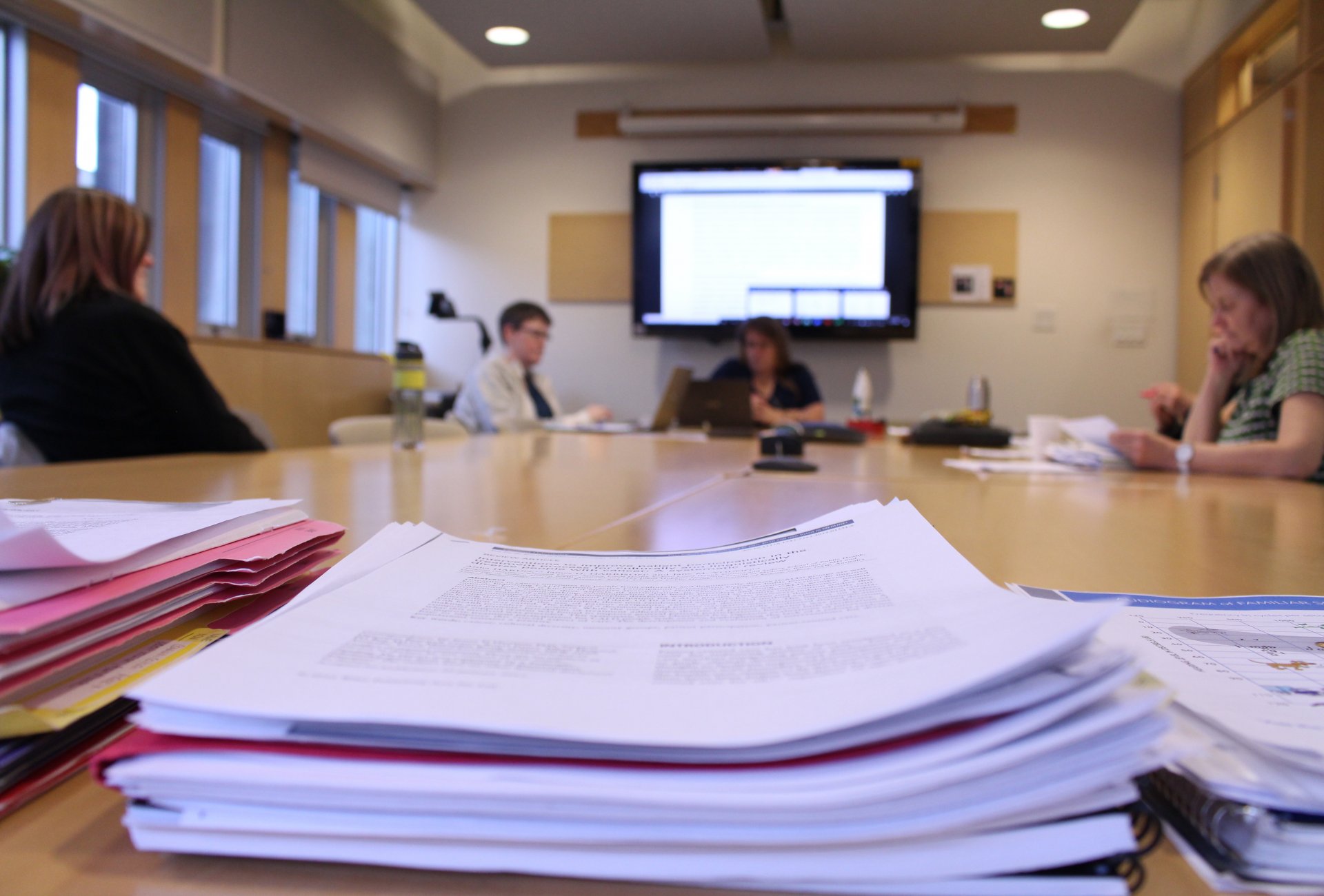A 'review of reviews' looks to identify gaps in academic literature regarding how communication between a healthcare provider affects the health of a patient, focusing on vulnerable populations.
Evidence shows that face-to-face communication between healthcare provider and patient can affect health outcomes. But do universal principles or practices for provider/patient communication exist?

Born of a discussion between Language Sciences members about their own experiences communicating with healthcare providers, the Health Outcomes and Language (HOLa) project is led by Lorienne Jenstad, an Associate Professor at the School of Audiology and Speech Sciences (SASS), and is investigating the research question 'How is communication between health care provider and patient/ caregiver linked to health outcomes?' through a scoping review.
Despite an initial analysis focusing on patients who are communicatively vulnerable, such as people with intellectual disabilities, hearing loss, and language minorities, it's still a broad question, says Jenstad; since the project's inception in 2017, the team has screened almost 10,000 articles. But it's an important one, she says. "We're talking about health outcomes here. As the project continues, our team members have had health scares or surgeries. It's a good reminder we're all in the system."
And, given that interactions with health providers by their nature can be moments of vulnerability, any one of us could fall within the focus group at some time, says team member and SASS Associate Professor Paola Colozzo.
"If we layer that on top of the other ways people can be vulnerable from a communication perspective, this makes it all the more important to understand these interactions better and support patients to understand, give consent, participate to the best of their ability."
The group aims to draw a map of the existing literature across all disciplines, and thus find where gaps might exist, in either primary research, or the literature reviews of research areas. This will include what research into communication techniques between provider and patient exists, and the gaps, and what research into health outcomes exists, and the gaps, Jenstad says. Although unwieldy, a broad question across disciplines is important to avoid duplication of effort. "We'll be able to come to a better picture if we look across groups, patient types, etc. We could come to universal good practices."
The team has published its first poster, examining how healthcare providers can tailor their communication in order to improve health outcomes in patients with intellectual disability, and found just seven reviews in this area, Jenstad says.
"One thing to give back to the literature is a reminder that 'best communication practices' may not be the best for some vulnerable populations, so [that] needs to be considered in best practices or protocols."

Once complete, the team plan to present their findings to stakeholders, such as patient groups, including gaps and themes identified across the literature, and priorities for next steps. These findings could change the standards in studies, and make them more comparable, helping to identify these universal practices, says HOLa member and Central, Eastern, and Northern European Studies Associate Professor Caroline Rieger. "We are not changing the world with our project directly, but indirectly, an umbrella study like this one can actually set things in motion."
This is interdisciplinary work, and so requires an interdisciplinary team, says Rieger. Indeed, the 20 team members are from different faculties, and outside academia (there are several patient advisors, two of whom are very involved in the project); based in Quebec, B.C., and Ontario; and the research considered is cross-disciplinary, including from dentistry, audiology, mental health, primary care, and others. The group is also multilingual, with articles in German, French, English, and Italian included in screening.
"You learn from each other. The project benefits from different perspectives."

One of the group's strengths is its knowledge of language and communication, Colozzo says, the latter of which is often underspecified in reviews. This strength provides an opportunity for the team to highlight to researchers the need to talk about basic communication and how it is defined, measured and reported, Jenstad says - what does a 'counselling session' with a pharmacist actually entail, for example?
The project and people have shaped Jenstad's research, she says. "It can be hard, because we talk to others with different perspectives, but that's where growth happens."
And as for Rieger? "Never in a million years would I have passed up this opportunity to be a part of this group."
